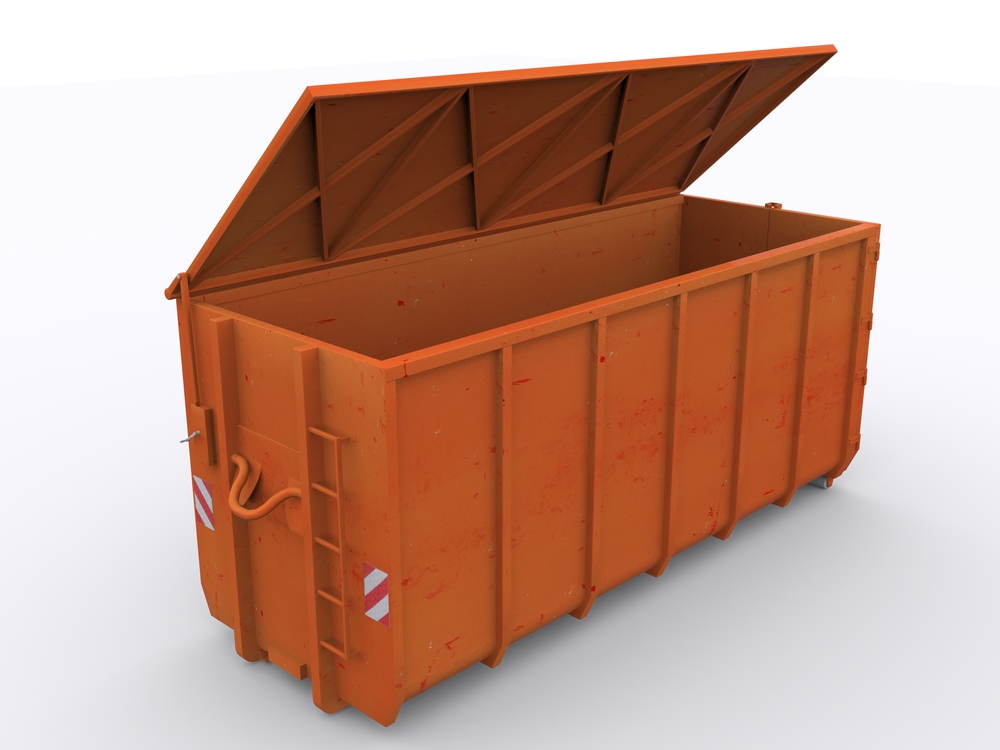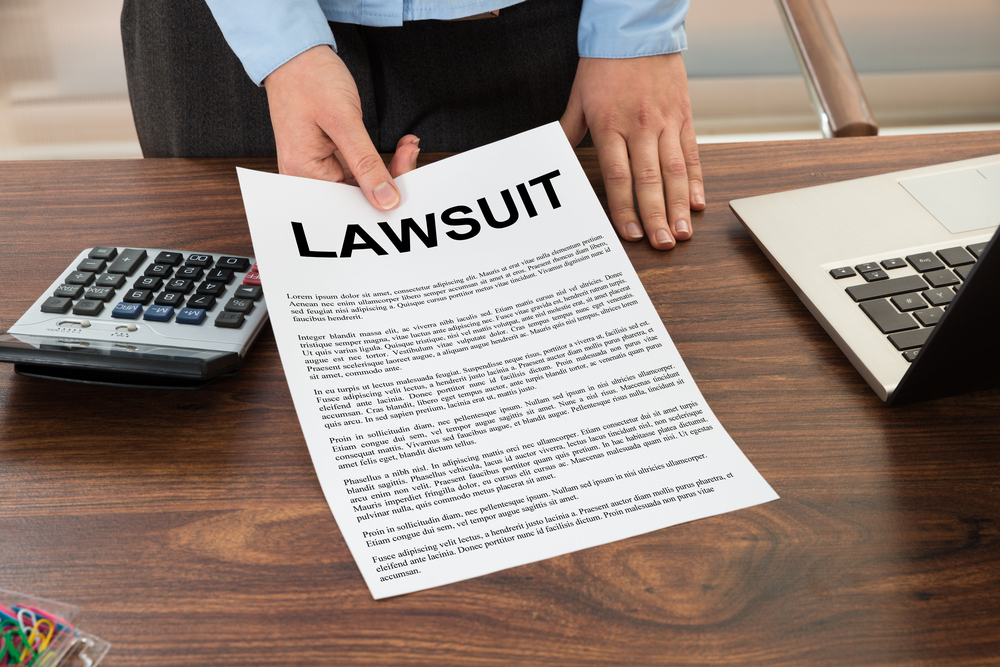
Three Unique Ways Machine Learning Is Being Used In the Real World

Machine learning has emerged as the key technology enabling predictive analytic uses cases upon big data. Accompanying that emergence is a set of common use cases, such as fraud detection in credit card processing and product recommendation in retail. But the technology has many more potential use cases in industries that you may not expect.
Here are three examples of how actual companies are using machine learning technology upon big data to solve real-world problems in unique and non-intuitive ways.
Better Waste Removal
Compology was founded in 2012 with a novel idea: Use sensors and big data technology to optimize the trash-hauling business. Co-founder Jason Gates explains how it works.
“We built a system that monitors the volume of waste inside commercial dumpster and then we use that information to dynamically route collection trucks,” he tells Datanami. “So instead of using a set collection schedule and picking up containers every Thursday whether they’re full or not, we’re able to build new routes for the drivers each morning based on which continuers actually need to be serviced.”
The heart of the operation involves a camera-equipped hardware device that goes inside the Dumpster. These devices (which are designed for hard wear) take photographs of the garbage in the container, and wirelessly route them back to Compology’s servers.
“We take a still two-dimensional image of the inside of the container, and then determine the volume of waste inside that container based on the image,” Gates says. “There needs to be a certain level of automation because we’re looking at millions of pictures per month.”
That’s where machine learning software from Dato comes in. According to Jay Longson, the lead electrical engineer with Compology, the company chose GraphLab Create because it allowed them to get quickly up and running.
“We’re using a pre-trained neural network to assign features to our images,” he says in an interview on the Dato website. “And then we’re using those features and feeding them into a boosted tree classifier to actually evaluate the fullness.”
Compology uses Dato’s tools in other ways too. Not all businesses generate trash on the same weekly cycle. Restaurants, for example, generate the most trash on the weekends, while office parks are active during the week. So based on the output of the image classification (which has a plus-or-minus 4 percent margin of error ), Compology uses Dato’s algorithms to predict the optimal time to empty a container.
Pricing is another area where Compology is using the power of ML. “If one of our clients says they want to have at least an x amount margin, what should we bid the customer in order to guarantee it?” Gates says. “We’re able to factor it in, to then suggest they should be charging $790 per month per service, for example.”
At the end of the day, Compology claims to help its trash-hauling clients reduce the amount of time its trucks are on the road by 40 percent. That can have a big impact, not only on the company’s truck and human-related costs, but wear and tear on the roads and lower carbon emissions as well.
Better Lawsuit Selection
This year, about 15 million lawsuits will be filed in the United States, according to Common Good. Some of them will be clear winners, while others will be quickly rejected by a judge. The challenge facing our nation’s stable of 1.22 million brave lawyers is deciding which ones to take, and which to pass on.
One big data services firm taking a shot at the lawsuit-recommendation problem is AbsolutData. The company, which has been providing analytic services to Fortune 1000 companies like Kraft Foods and Royal Caribbean for the past 14 years, is currently working with a major law firm to create a solution.
“One of the challenges that legal firms have,” says AbsolutData CEO and founder Anil Kaul, “is when somebody comes to you with a case, and you have no idea how much is this case going to cost from a litigation perspective, what will be the cost, how much time will it take, and so on,” says AbsolutData CEO and founder Anil Kaul. “This is one of those fields where there is no analytics being used at all
AbsolutData is working with an unnamed law firm to develop an analytic system to categorize characteristics of lawsuits based on data pulled from 20 year’s worth of lawsuits stored in public repositories, such as PACER. The company then applies text analytic techniques to digitize the words into major concepts, and uses algorithms, such as the hidden Marcov models, to detect correlations in the data.
“What we have proposed for them is to completely digitize this,” Kaul says, “and then create a prediction model that tells you, up front when you get the case, the expectation around time, resources, and results. Is it 30 percent probability you’d win? 60 percent? Will it take three months, six months, or a year?”
It’s a win-win for the plaintiffs and the lawyers, Kaul says. Letting a computer do the initial assessment will take the burden off experienced lawyers, who can then apply their $400-per-hour legal minds on bigger problems. Better allocating the legal firm’s resources can also help plaintiffs by lowering the legal bills.
Better Parking Enforcement
Australians have a reputation for being a fun-loving, easy-going lot. But if you chose to park illegally at one of their world-class beaches this summer, don’t be surprised if you get a ticket or a tow.
According to a recent story in Government News, a local government agency is using machine learning technology to spot parking scofflaws on North Sydney beaches. The system uses a series of closed-caption televisions, which feed images of parking spots to Microsoft‘s (NASDAQ: MSFT) Azure Machine Learning service.
Prior to the roll-out, enforcement of parking violations was done mostly on an ad-hoc basis. Now the machines, which snap and evaluate pictures every few minutes, automatically notifiy them when somebody has overstayed their welcome.
The idea is to prevent tourist buses from hogging beachside parking spots with their engines running, and to stop people from illegally parking in handicap spaces, says Nation Rogers, the CIO of Manly Council.
“Now that we have Azure Machine Learning, we can target patrols when they are needed and those resources can do other duties when they aren’t needed at those locations,” Rogers told Government News. “It gives them a sixth sense. Machine learning lets them be in many places at once. They can do their work, rather than sitting in front of a bank of screens.”
The implementation began with a training session that involved feeding 10,000 images into the Azure ML service. As more images are uploaded, the accuracy gets better, Rogers says. All told, the implementation took just a couple of hours, and costs the council about $54 per year.
Related Items:
Machine Learning’s Big Role in the Future of Cybersecurity
A Practical, Hands-On Approach to Machine Learning Education
Machine Learning Tool Seeks to Automate Data Science

































